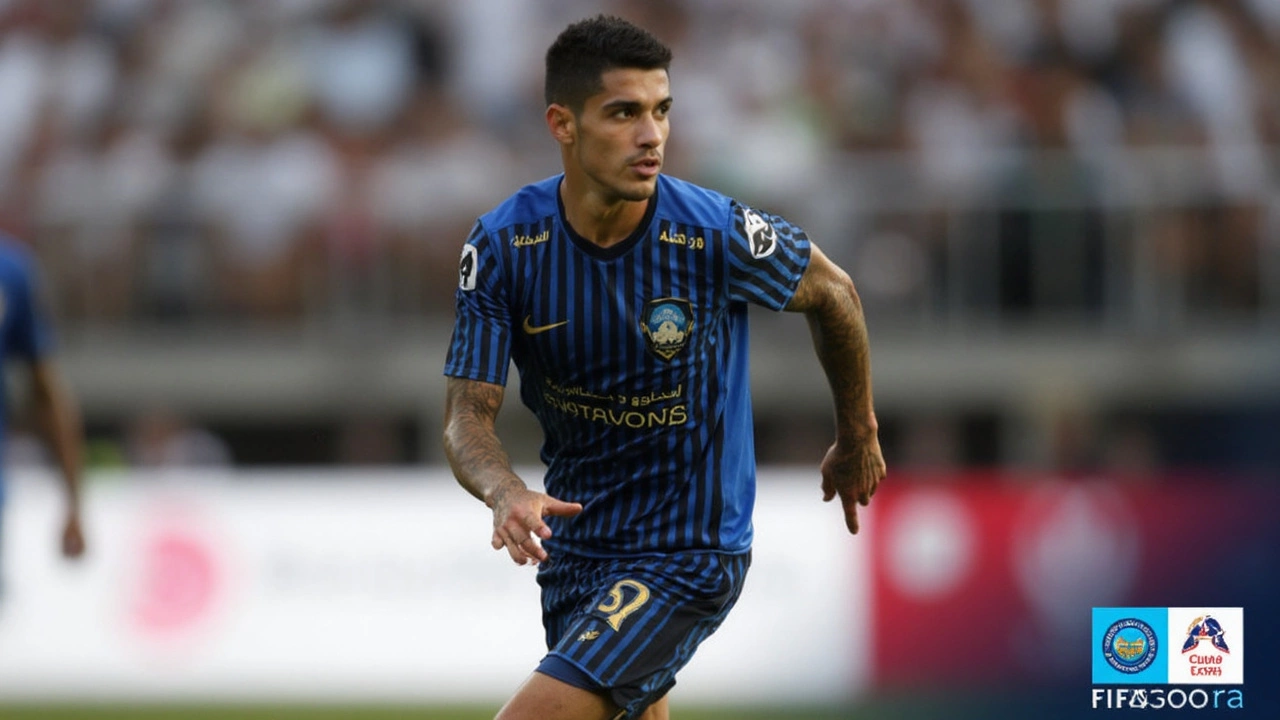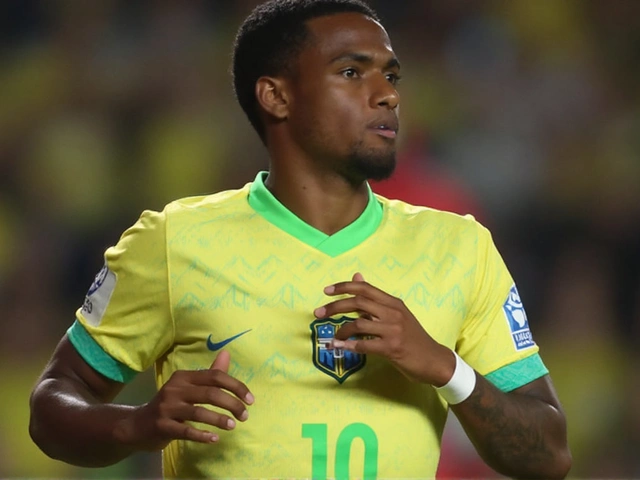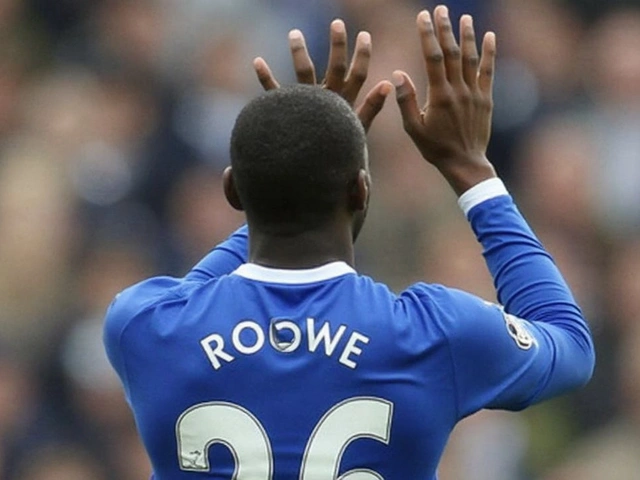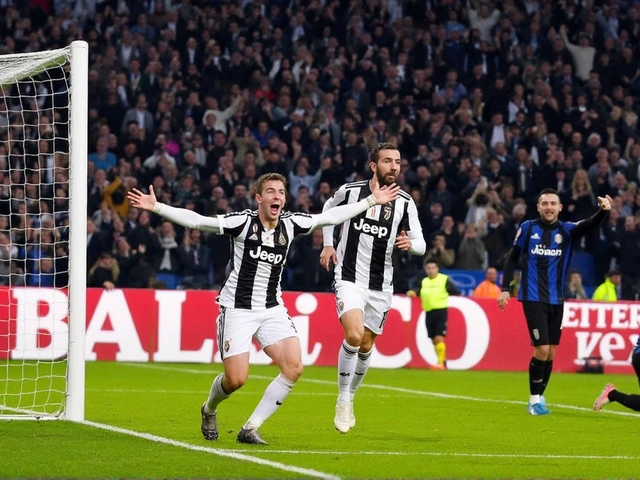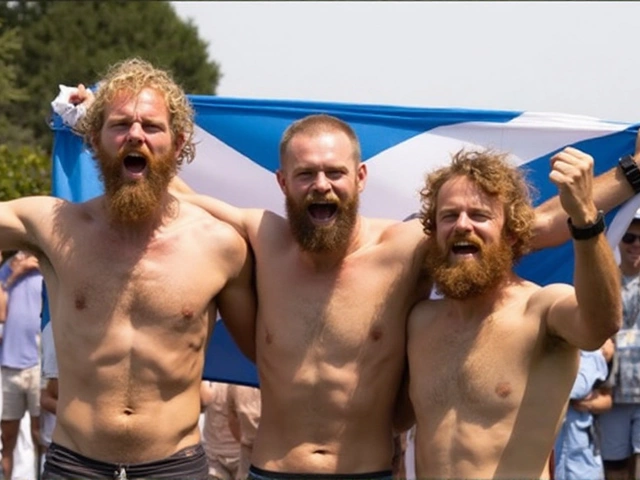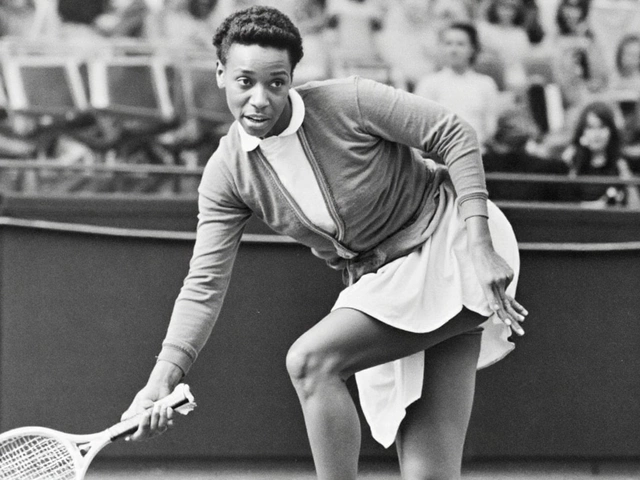Al-Hilal’s Journey to the FIFA Club World Cup
Sometimes football turns on ambition as much as results, and Al-Hilal’s road to the FIFA Club World Cup is a perfect example. The Saudi club, best known for snapping up high-profile names and breaking records back home, stepped into the tournament fresh off being crowned kings of Asia by winning the 2021 AFC Champions League. But if you think that’s where the story ends, think again. Their 2024/25 season in the Saudi Pro League was fiercely competitive—they finished with 75 points from 34 games, landing just one spot below the summit. But it wasn’t just domestic play where they flexed their muscles. They also punched their ticket to the King’s Cup quarter-finals and made it all the way to the AFC Champions League semi-finals.
All this happened during a big shake-up in management. The season began with Jorge Jesus at the helm (who presided over a record-smashing 34-game unbeaten run), but heading into the Club World Cup, Simone Inzaghi had taken over. Inzaghi brought stability and, more importantly, an appetite for tactical change, which turned out to be crucial as Al-Hilal faced a relentless fixture schedule and new European opposition.
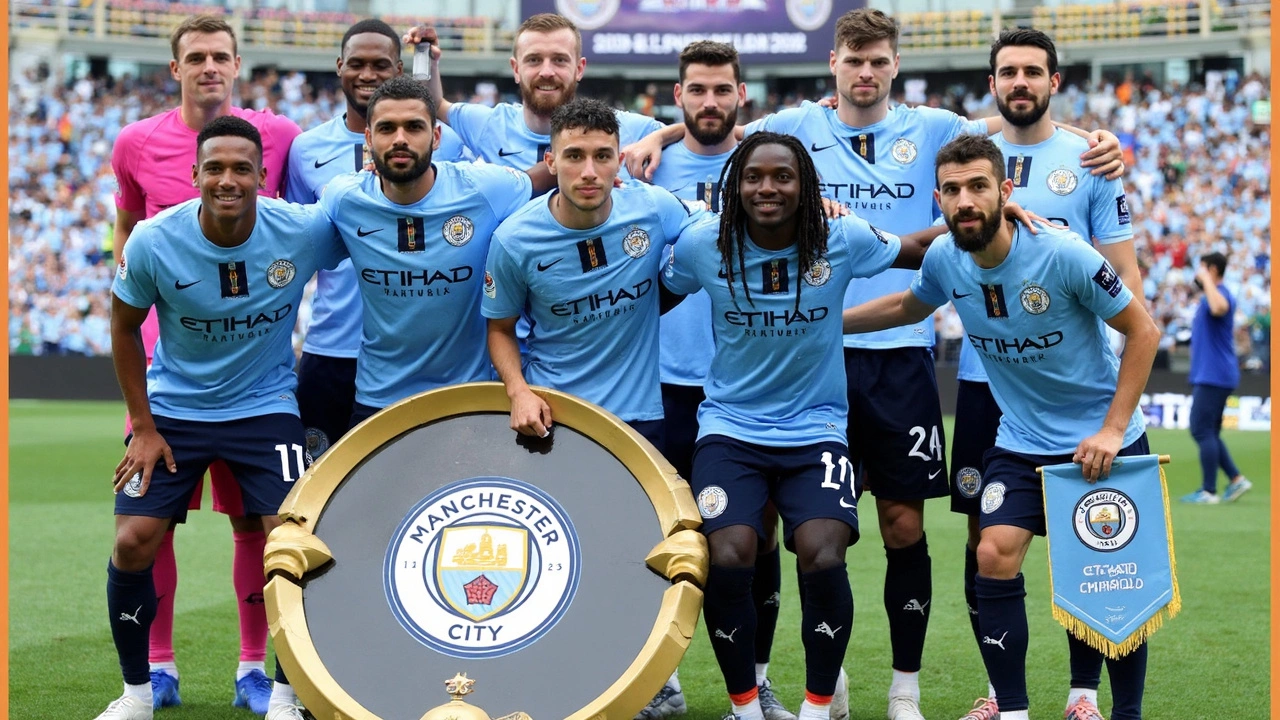
On the Pitch: Big Names and Bigger Tactics
How did Al-Hilal stack up against the world’s best? In the group phase, they showed both grit and tactical smarts. Their opening clash with Real Madrid had nerves rattled early—Al-Hilal drew 1-1, getting their goal from the spot after winning a penalty before halftime. The next encounter was a tense 0-0 against RB Salzburg, a game short on action but heavy on defensive concentration. Eventually, they found their breakthrough against Mexican side Pachuca, earning a much-needed 2-0 win. Five points from three matches saw them through, narrowly but confidently.
It’s easy to focus on the names. Aleksandar Mitrovic was the focal point up front—his physical presence and predatory instincts gave defenses nightmares. Joao Cancelo, with his marauding runs from full-back, often blurred the line between defender and winger. Inzaghi strategically switched between a 3-5-2 and a four-at-the-back system, squeezing the most from versatile players like Sergej Milinkovic-Savic and Ruben Neves. Add to the mix defenders like Renan Lodi and Kalidou Koulibaly, and winger Malcom bringing flair, you get a squad built not just to compete, but to punch above their weight.
But sometimes, money and ambition only get you so far. Al-Hilal’s well-publicized bids for Mohamed Salah, Bruno Fernandes, and even Cristiano Ronaldo show just how serious they are about joining the global football elite. Those deals didn’t come off, but the intent turned heads everywhere. Even so, with Inzaghi adjusting tactics for every match and star players pushing themselves, Al-Hilal proved a stubborn opponent for anyone unlucky enough to face them at this Club World Cup.
The test ahead is no secret: with fitness stretched after a marathon domestic campaign and quick tactical shifts required against the likes of Manchester City, only peak cohesion and match-winning brilliance can keep their dreams alive. But if recent form and an ambitious transfer policy tell us anything, it’s that Al-Hilal has no plans to settle for just being participants.
